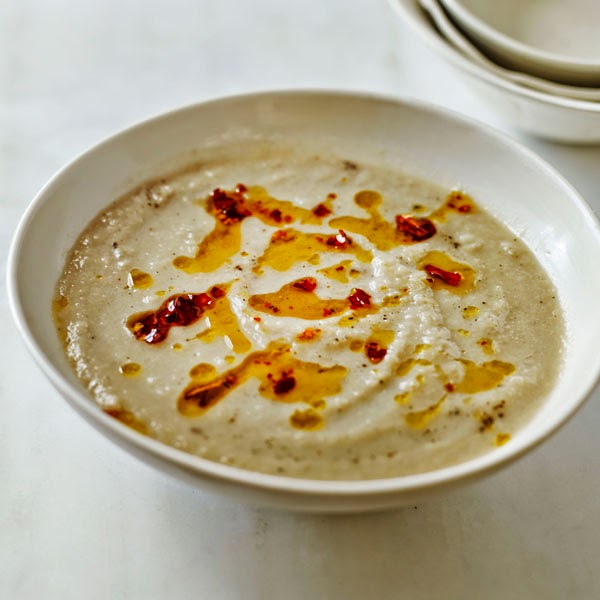This week’s headlines might make it seem that after years of being told to cut back on saturated fat, it’s time to bring back the butter dish and return to full-fat milk. But is this really the case? HFG’s nutrition consultant and registered dietitian Juliette Kellow goes behind the headlines…
If you’ve read any of the headlines on fat this week you’d be forgiven for thinking it’s time to ditch the low-fat spread, skimmed milk and reduced-fat cheese – and take a step back in time to the early 80s when full-fat dairy was as common as leg warmers, shoulder pads and Pac-Man. The news comes after a new study was published this week in a medical journal called Open Heart. But first a little history…
Back in 1983, new health guidelines in the UK recommended reducing the amount of saturated fat in our diets to just 10% of our daily calorie intake. It’s advice that still stands and is roughly translated into the current recommendation of having no more than 20g saturates a day.
Fast forward to the new study, which looked at the evidence available in 1983 for making the recommendation to reduce saturates. The researchers identified six Randomised Controlled Trials (RCTs) available prior to 1983 and concluded from these that lowering saturated fat wasn’t significantly linked to fewer deaths from heart disease. Enter headlines such as ‘Butter ISN’T bad for you after all: major study says 80s advice on dairy fats was flawed’ from the Daily Mail, and ‘Fat guidelines lacked any solid scientific evidence, study concludes’ from the Guardian.
But as is usually the case, nothing is as straightforward as it seems. Firstly, many experts believe the current study is seriously flawed as it’s ‘second-guessing’ the evidence that was used for drawing up the national guidelines in the early 80s – and looking only at a specific type of study. Indeed, we don’t know what studies were actually used to form the basis of the advice in 1983 – many other pieces of research, and not just the six identified in this current study, could have been used.
Let us not forget that in the last 30 years, numerous other studies have been carried out looking at saturated fat, blood cholesterol levels and heart health, with many – albeit not all – finding a link.
But perhaps one of the most significant facts to bypass the headlines is that foods containing a lot of saturates tend also to contain a lot of calories. A daily intake of 20g butter, 300ml full-fat milk and a 30g cheddar (a completely feasible amount of dairy produce for a day) provides not only 24g saturates, but also 463 calories – or 23% of our daily calorie needs. Switch to the same amount of low-fat spread, skimmed milk and reduced-fat cheddar and that’s just 6g saturates and 264 calories (13% of our daily calorie needs). Bottom line: cutting down on saturates cuts down on calories and that surely, in light of the UK’s obesity epidemic, has to be one of the biggest arguments for sticking with the current advice. With this dairy swap alone, around 200 calories are saved by choosing the lower-fat options – enough to lose a massive 20lb in a year if you made those changes every day.
It’s clear that the debate surrounding saturated fat and the impact it has on heart health is set to rumble on. It’s a recommendation that’s been under scrutiny for the past few years now, with some experts dismissing the message that we should cut down on fat or saturates, saying instead that carbs are the real culprit for the nation’s health problems.
But is it really that helpful to try and establish whether the evidence from 30 years ago supported the recommendation to reduce saturates at that time? In reality, wouldn’t it be better to spend time and resources identifying whether the evidence available up to today is sufficient to continue advocating fewer saturated fats in our diet?
Without question, it’s something we need clarification on. Until then, it’s business as usual. Despite what the headlines may have led you to believe, there’s been no official change in advice. Health policy in the UK remains the same – and that’s to continue to reduce saturated fat in our diets.
For a more detailed review of the study visit NHS Choices









